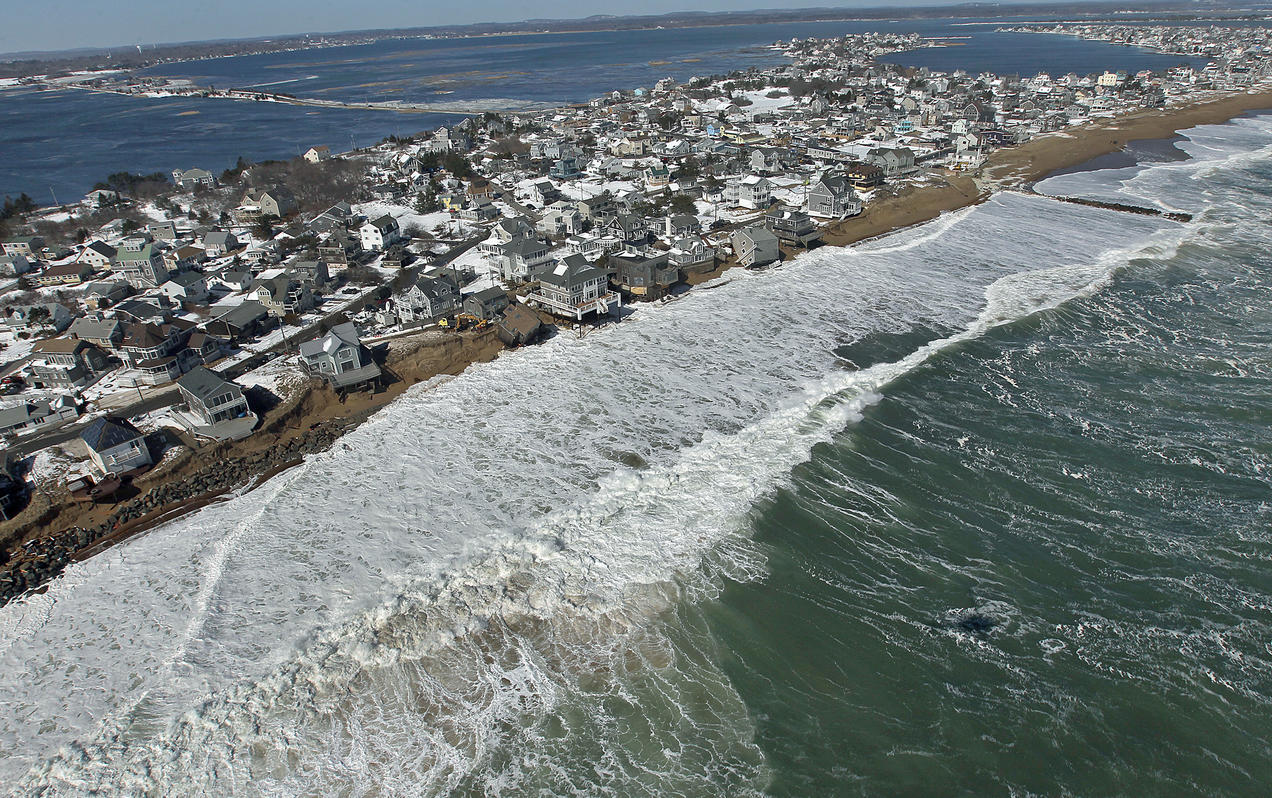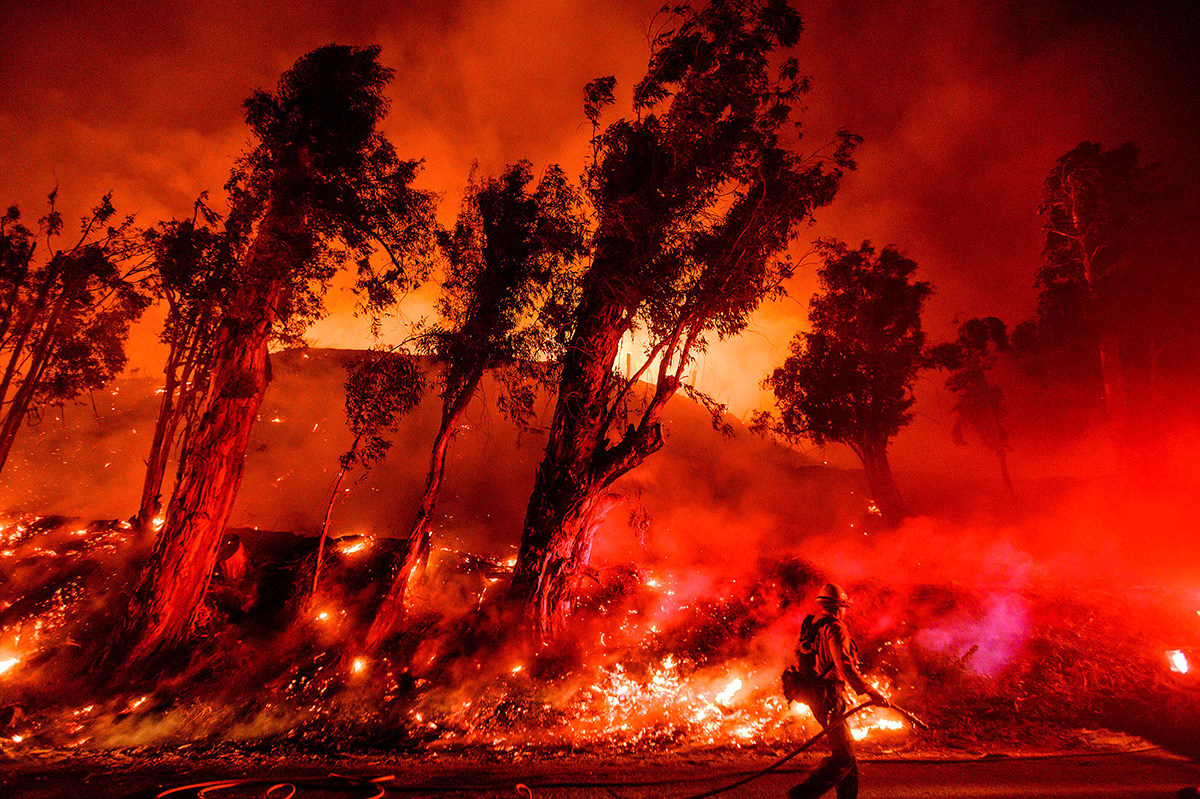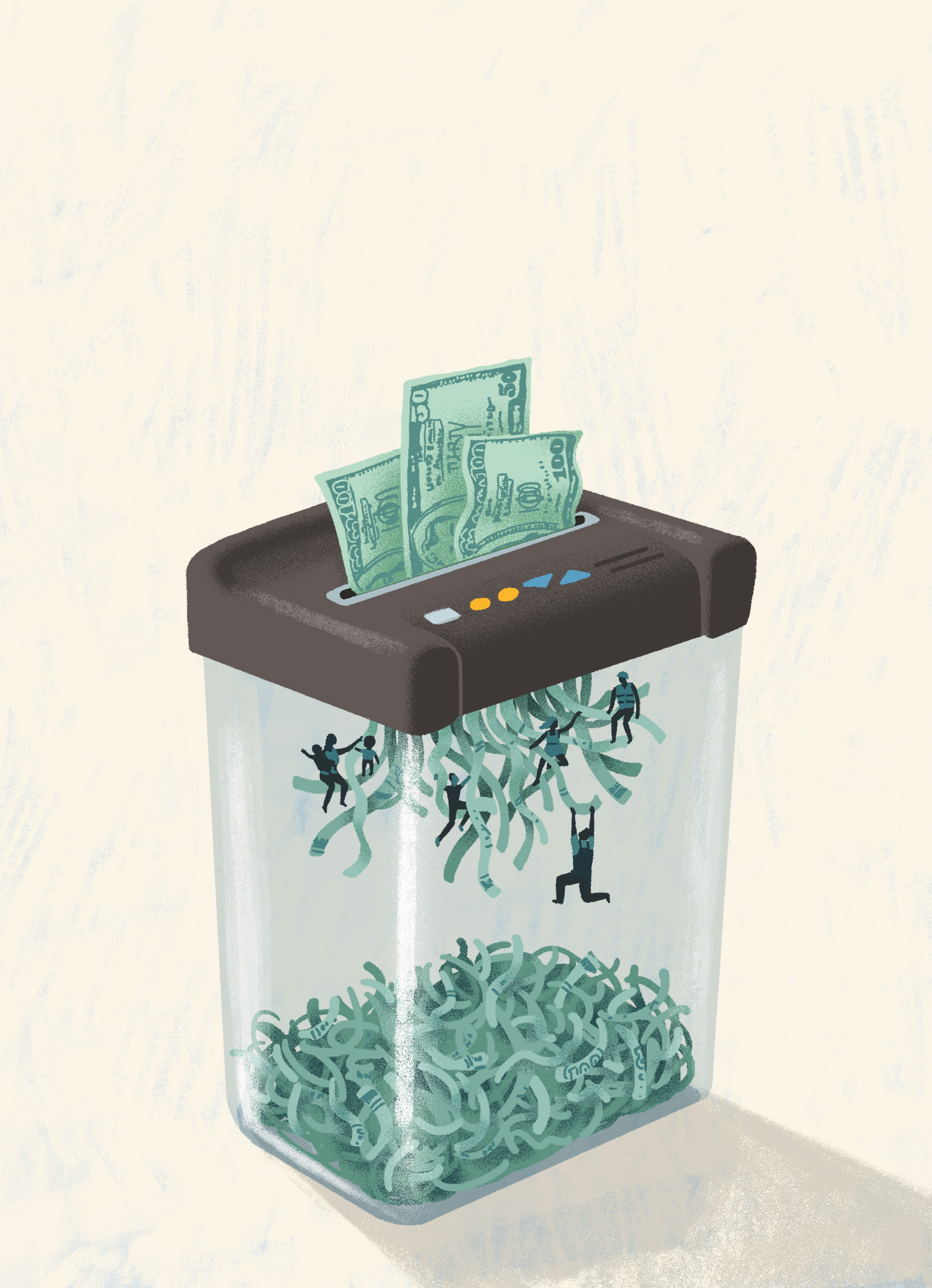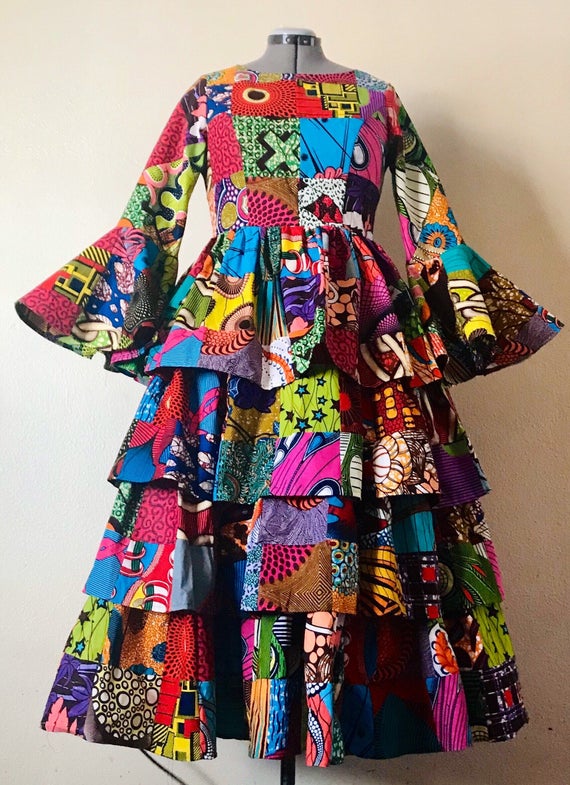- The climate crisis has evolved
New York is flooded and billions of dollars in real estate is now underwater in almost all major countries. Temperatures vary wildly across the globe, with many areas seeing incredibly harsh winters and scorching summers. As a result clothes must be incredibly adaptable to the wearer’s environment, with most clothes having snap-on attachments to layer up or down.
- Money has been abolished
With the collapse of all major nation states, there is now no traditional currency to exchange for goods and services. In lieu, most goods are distributed by need and availability. To symbolically hold a semblance of payment, everybody exchanges shiny rocks and trinkets that they’ve found in the rubble.
- New textiles can’t be produced
With most aquifers drained, water is a precious commodity. Crop blights and diseases have spread among almost all natural fibers, and most people turn to discarded material to incorporate in their clothes.
- New community traditions have emerged
Without nation states to pledge citizenship to, micro-communities have formed locally. Small neighborhoods and blocks band together and family structure is no more. Now much freer in movement and mind, information is exchanged at an alarming rate. To symbolize a connection between these groups, people cut off parts of their clothing and sew them onto the clothes of a close friend. Your fashion results from your relationships in a physical sense, and you can be identified by your appearance immediately.






